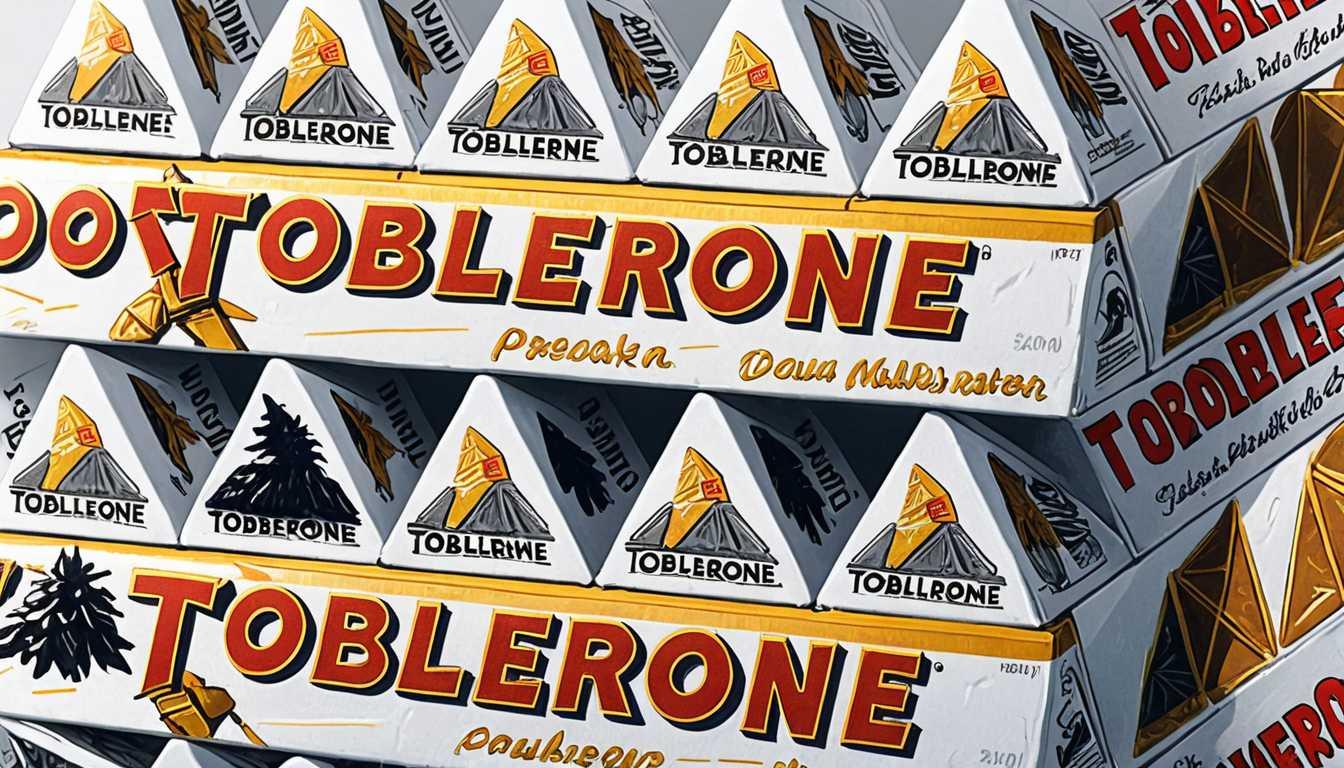NFTs: Art, Law, and Blockchain Chaos
October 2023
London School of Economics (LSE)
Introduction
Dive into the digital revolution with our latest read from the London School of Economics! Discover how non-fungible tokens (NFTs) are reshaping art, gaming, and media, making even a GIF a potential masterpiece. Isabelle Beyneix unveils the legal labyrinth NFTs navigate, from copyright conundrums to artist resale rights. With humor and insight, this article explores how blockchain tech is legitimizing digital culture and challenging traditional art norms. Ready to see the future of creativity and commerce collide? This piece is your portal!
READ FULL ARTICLEWhy It Matters
Discover how this topic shapes your world and future
Navigating the New Frontier of Art and Law
Imagine a world where every drawing, every photo, every piece of music you create could be transformed into something unique, something that couldn't be copied without permission, even in the digital realm. This is the reality with Non-fungible tokens (NFTs), a technology that's shaking up how we think about art and ownership in the digital age. Why does this matter? Because it's changing everything from how artists make money to how art is shared and enjoyed worldwide. It's a thrilling and somewhat wild ride into uncharted territories of art and media law, raising questions about copyright, ownership, and the very nature of art itself. For you, this could mean new ways to create, share, and perhaps even profit from your creativity in ways that were unimaginable just a few years ago.
Speak like a Scholar
Non-fungible tokens (NFTs)
Digital assets that represent real-world objects like art, music, and videos. They are unique and cannot be exchanged on a one-to-one basis, unlike cryptocurrencies.
Blockchain
A digital ledger that records transactions across many computers so that any involved record cannot be altered retroactively, without the alteration of all subsequent blocks.
Smart contracts
Self-executing contracts with the terms of the agreement directly written into lines of code.
Decentralized applications (Dapps)
Digital applications or programs that exist and run on a blockchain or peer-to-peer network of computers instead of a single computer, and are outside the purview and control of a single authority.
ERC721
A standard for representing ownership of non-fungible tokens, i.e., where each token is unique.
Intellectual property law
Legal protections granted to the creators of original works, including copyrights, trademarks, patents, and trade secrets.
Independent Research Ideas
The evolution of art in the digital age
Explore how digital platforms and technologies like NFTs are transforming traditional notions of art creation, ownership, and distribution.
Blockchain and the future of copyright law
Investigate how blockchain technology could redefine copyright law, focusing on the challenges and opportunities it presents.
The psychology of collecting digital assets
Dive into the motivations behind collecting NFTs and how this reflects broader trends in digital culture and consumer behavior.
Environmental impact of NFTs and blockchain
Examine the environmental footprint of NFTs and blockchain technology, including energy consumption and potential sustainable alternatives.
The role of NFTs in empowering artists
Analyze how NFTs can serve as a tool for artists to gain more control over their work, including the financial and creative autonomy it provides.
Related Articles

Battles Over Brilliant Minds
June 2011
Smithsonian Magazine

Crypto Crackdown: Savior or Saboteur?
March 2023
London School of Economics (LSE)

Toblerone's Peak Makeover Drama
March 2023
BBC

Star Actor Turns Legal Prodigy
May 2024
Harvard University

Swift's Fight for Musical Autonomy
November 2021
University of Pennsylvania